Retro Replay Review
Gameplay
Super Mario Land captures the essence of classic side-scrolling platformers, delivering tight controls and responsive jumps that feel right at home on the Game Boy. From the very first stage, Mario’s movements are intuitive, allowing players to chain together precision hops, wall rebounds, and well-timed dodges. The level design steadily introduces new challenges—whether you’re navigating narrow ledges over bottomless pits or timing your leaps across moving platforms, the progression is smooth and fair.
(HEY YOU!! We hope you enjoy! We try not to run ads. So basically, this is a very expensive hobby running this site. Please consider joining us for updates, forums, and more. Network w/ us to make some cash or friends while retro gaming, and you can win some free retro games for posting. Okay, carry on 👍)
One of the standout features in Super Mario Land is its blend of traditional platforming with two distinct scrolling shoot-’em-up sections. In the underwater stage, Mario pilots a submarine, navigating tight caverns and weaving through clusters of enemies. Later, he soars in a biplane over expansive skies, dodging projectiles and blasting foes from above. These diversions break up the standard run-and-jump formula, offering a refreshing change of pace and a test of your reflexes in a different playstyle.
The power-up system retains the familiar mushroom and flower upgrades, granting Mario additional hit points and the ability to shoot fireballs. Hitting question blocks and uncovering hidden bricks remains as satisfying as ever, encouraging exploration of every nook and cranny. Coins are plentiful, and collecting 100 in a single run rewards you with an extra life—an important boon given some of the more challenging later levels. Boss fights cap off each world with a clever twist: instead of direct combat, you collapse the floor beneath Tatanga or other adversaries to send them plummeting.
Despite its portable roots, Super Mario Land manages to stay challenging without feeling unfair. Checkpoints are placed at reasonable intervals, and even novice players can learn enemy patterns and stage layouts to improve their performance. Speedrunners will find room for optimization in level skips and precise movement, while casual fans can simply savor each world’s unique aesthetic and pacing.
Graphics
Given the Game Boy’s monochrome palette, Super Mario Land impresses with clear, well-defined sprites that stand out against simple but effective backgrounds. Mario is instantly recognizable, and enemies like Goombas, Koopas, and the game’s original creations—such as the Mummy and the grinning Moblin—are distinct in silhouette and animation. This clarity is crucial on the small screen and helps players react quickly to incoming threats.
The variety of environments—from the sun-drenched sands of Sarasaland to the murky depths of the submarine stage—are conveyed through clever use of shading and tile design. Although limited to four shades of gray, each world has its own visual identity. Decorative details, like rippling water effects in the submarine stages and rolling dunes in the desert levels, add personality without cluttering the playfield.
Animation frames are succinct but expressive. Mario’s run cycle and jump stance read instantly, and enemy movement is fluid enough to telegraph incoming attacks. Even the boss characters exhibit subtle animations—Tatanga’s space helmet glints as he floats before you, and collapsing platforms give a satisfying visual cue when you’ve beaten a stage encounter.
While it can’t compete with the vibrant colors of the NES era, Super Mario Land’s graphics excel within the Game Boy’s constraints. The designers used contrast and clean layouts to ensure that every element is easily legible, making long play sessions less fatiguing on your eyes and keeping gameplay smooth and uninterrupted.
Story
Super Mario Land introduces a departure from the Mushroom Kingdom narrative by sending Mario to the distant lands of Sarasaland. The premise is straightforward: Princess Daisy has been kidnapped by the mysterious spaceman Tatanga, and it’s up to Mario to traverse four distinct kingdoms—Birabuto, Muda, Easton, and Chai—to rescue her. This fresh setting gives the game its own identity, separate from its predecessors.
Although the story is minimalistic, it provides just enough context to motivate play. Short cut-scenes bookend each world, depicting Mario’s arrival in a new kingdom and showcasing Daisy’s plight through simple text and sprite moments. The focus remains squarely on gameplay, but these narrative beats lend continuity and a sense of stakes as you progress.
Villains and environments draw inspiration from varied cultures—ancient Egyptian motifs in Birabuto, tropical flora in Muda, and ornate castles in Chai. This eclectic mix keeps the journey feeling fresh, even if there isn’t extensive character development. Tatanga himself remains an enigmatic foe, with little revealed about his origins, which only adds to the charm of this lighthearted rescue mission.
At its core, Super Mario Land’s story is a classic “damsel in distress” trope, but the introduction of Princess Daisy as a separate character from Princess Toadstool was a welcome addition at the time. It planted the seeds for future lore and offered players a new heroine to root for, making the adventure feel like an all-new chapter in the Mario saga.
Overall Experience
Super Mario Land stands as a pioneering handheld title that successfully translates the magic of console platformers into a portable format. Its combination of tight controls, imaginative level design, and unexpected shoot-’em-up interludes make for a varied and compelling experience. Even decades after its release, the game retains its pick-up-and-play appeal, whether you’re tackling a quick level during a commute or embarking on a full rescue quest.
The soundtrack, though limited by the Game Boy’s audio hardware, features catchy melodies that loop without growing tiresome. Sound effects are crisp and provide immediate feedback—jump landings, coin collections, and power-up transformations all deliver a satisfying “ping” that enhances the tactile feel of the game. These audio cues contribute greatly to the overall polish.
While modern gamers might lament the lack of a save feature or limited color depth, it’s important to appreciate Super Mario Land in its historical context. It pioneered handheld platforming and showcased Nintendo’s ability to innovate within technical constraints. The game’s short length—four worlds with a handful of stages each—is counterbalanced by its high replay value, as players strive for faster completion times and full coin counts.
For anyone interested in gaming history or seeking a portable dose of classic Mario platforming, Super Mario Land remains a must-play. Its blend of charm, challenge, and inventive stage design cements its status as one of the Game Boy’s standout titles. Whether you’re a longtime fan or new to retro gaming, this little black-and-white cartridge still delivers big adventures.
 Retro Replay Retro Replay gaming reviews, news, emulation, geek stuff and more!
Retro Replay Retro Replay gaming reviews, news, emulation, geek stuff and more!
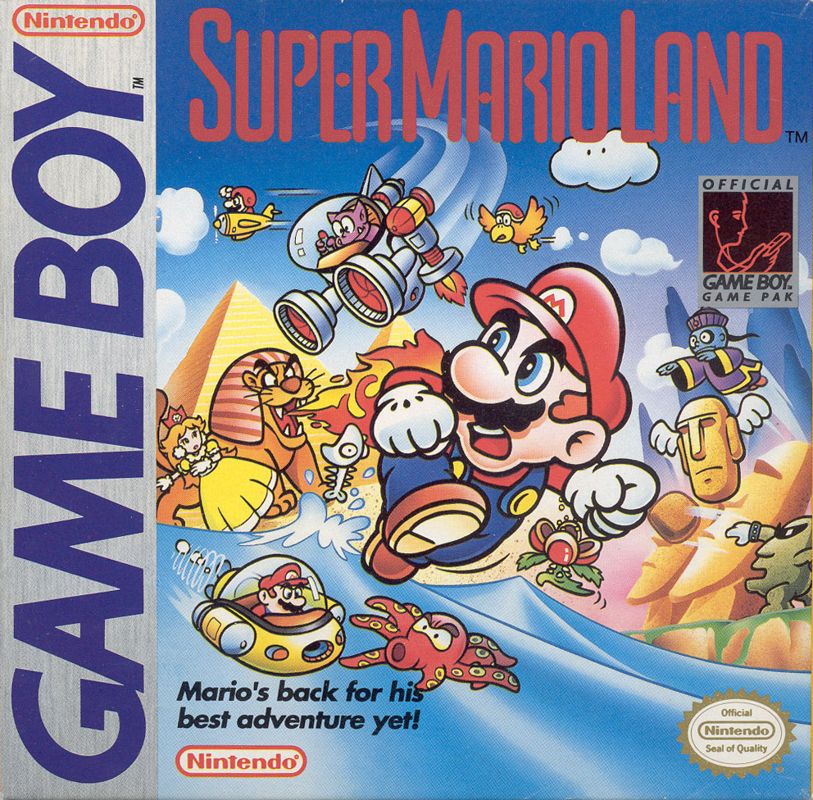

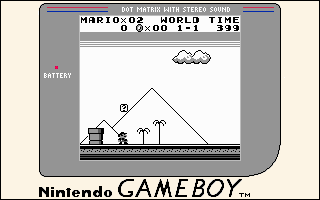


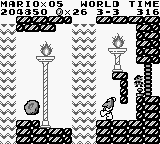
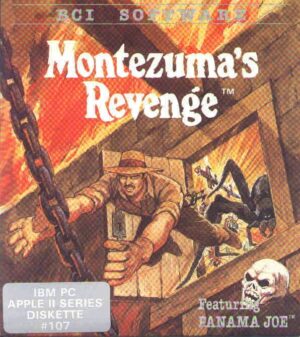

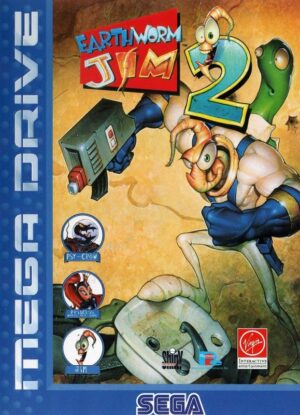
Reviews
There are no reviews yet.